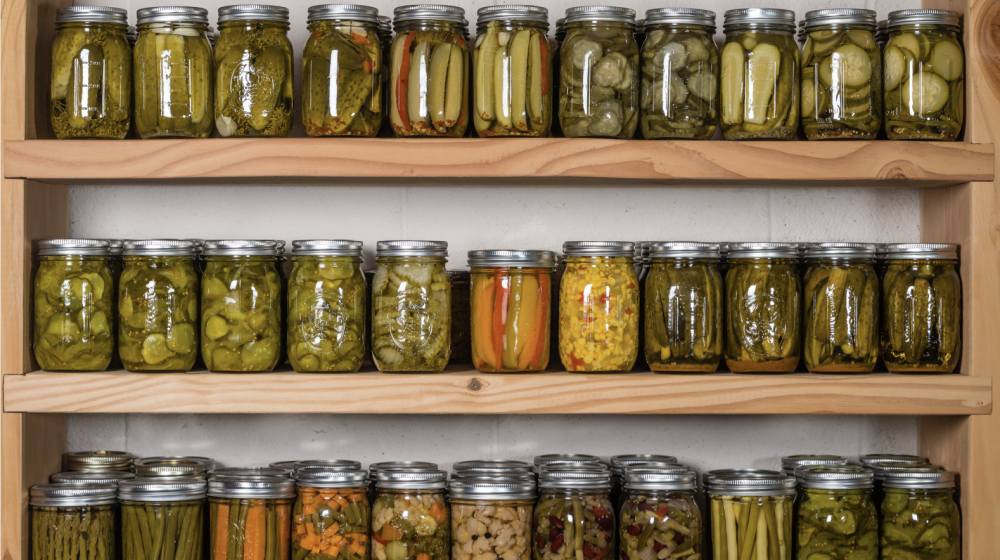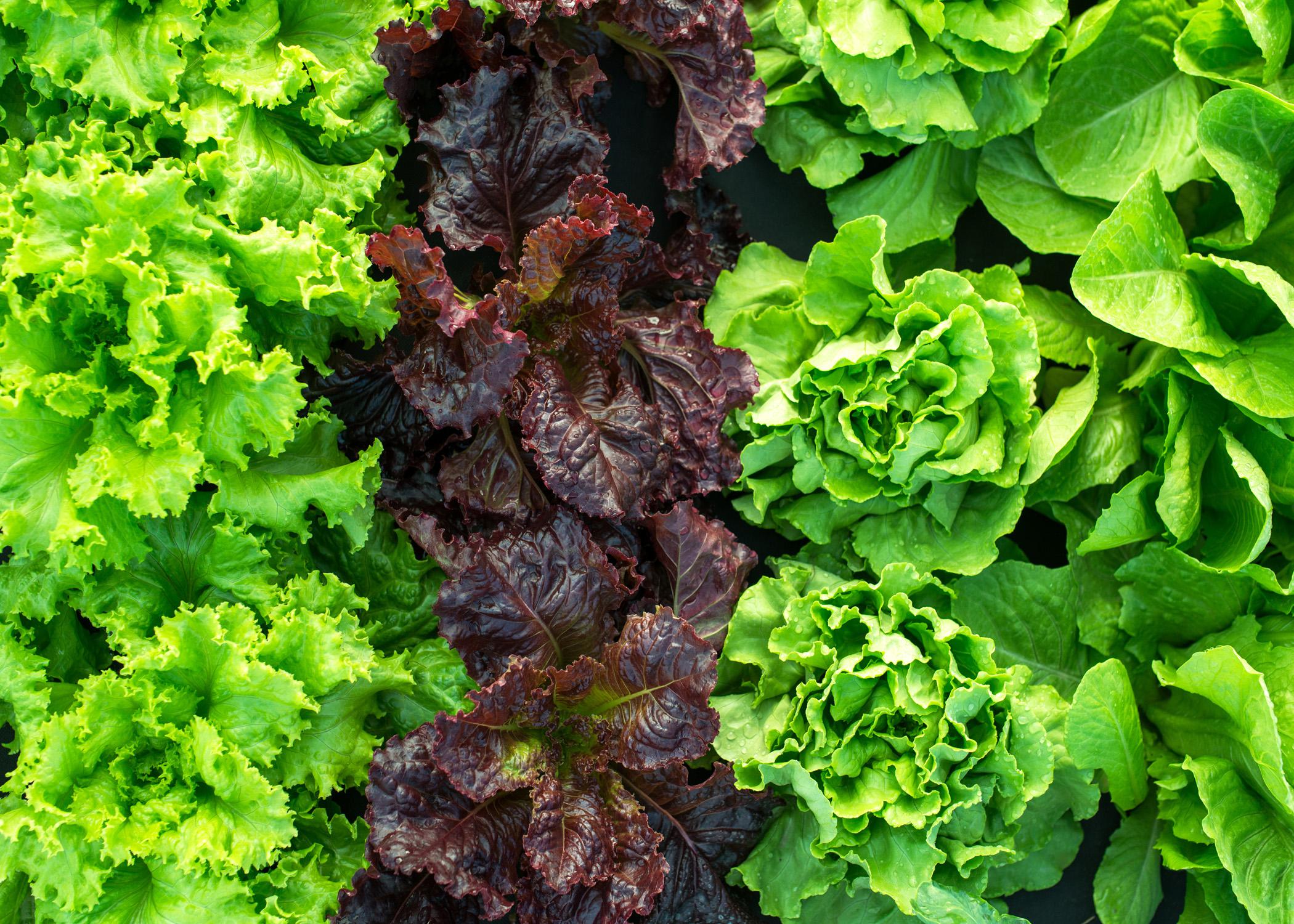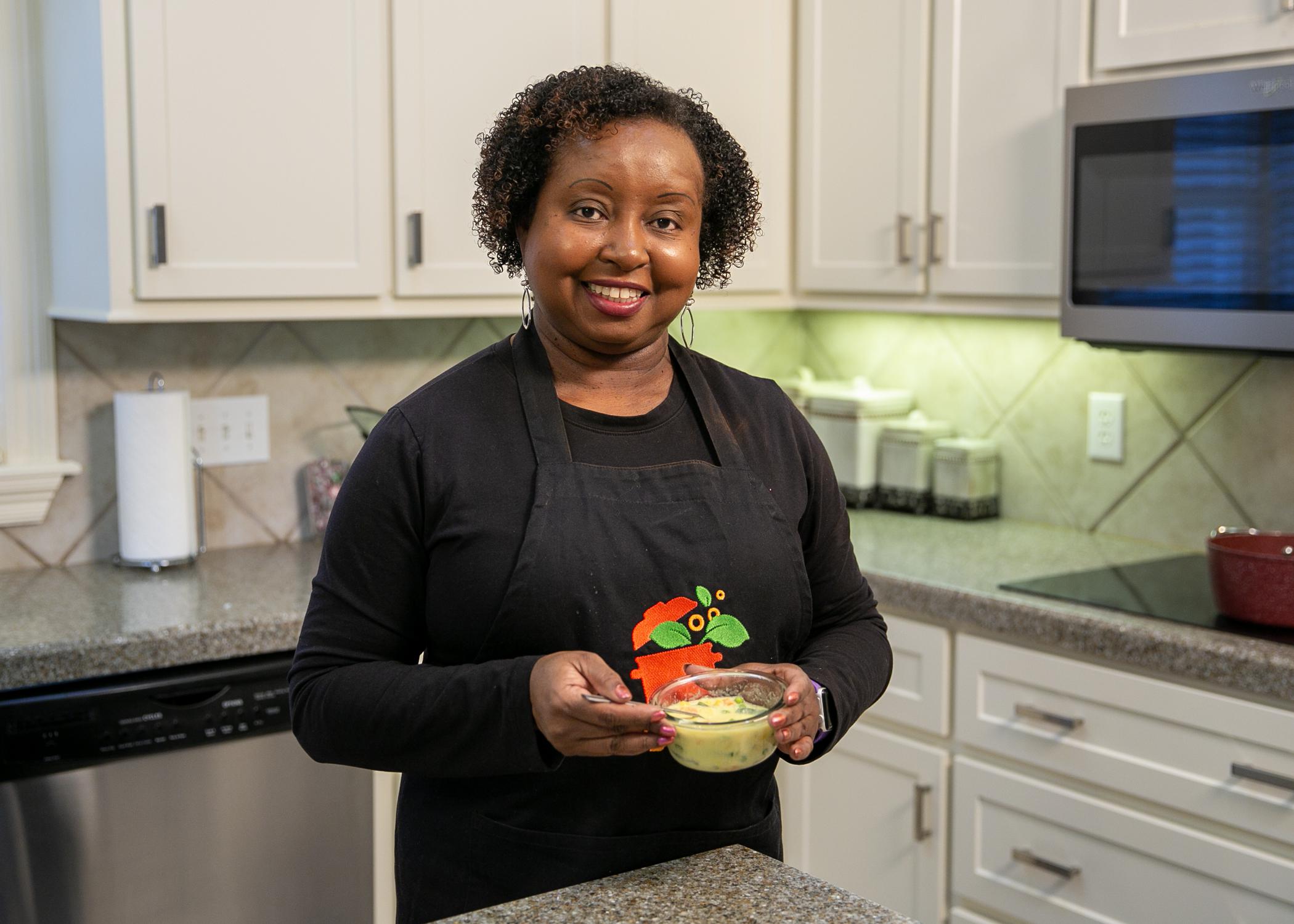How to Preserve Foods at Home Safely

Photo by Canva Pro.
Are you planning to can fruits and vegetables this year? Whether you’re new to canning or you’ve done it for years, Extension has resources to help you make sure it’s done safely.
Different foods require different equipment and canning methods.
Make sure you’re using the proper preservation method and that you’ve got the right equipment for the type of food you are preserving. Also make sure it’s in proper working order. These steps will help ensure you kill bacteria that can cause dangerous and potentially deadly food-borne illnesses.
We have detailed publications that can help you learn all about proper food preservation. But here are a few Dos and Don’ts to keep in mind:
Do
- Always use the right equipment.
- Always use research-based recipes.
- Invest in the right type of thermometer.
- Check all equipment parts and clean them according to the manufacturer’s instructions before canning begins. Check the dial gauges on steam pressure canners to be sure they are accurate. Your local Extension agent can test dial gauges. https://extension.msstate.edu/county-offices
- Be sure all canning jars and lids are in perfect condition and clean them with hot soapy water and rinse well. Some pieces may need to be sterilized.
Don’t
- Never use conventional ovens, microwaves, dishwashers or the open-kettle method.
- Never use electric pressure cookers. While some of these appliances have recipes in their manuals and a canning or preserving button, keep in mind these appliances have not been tested by the U.S. Department of Agriculture to ensure canned foods reach the correct temperatures to kill dangerous bacteria.
- Never use canning powders. These powders are useless as preservatives. Canned foods must be properly processed with heat.
- Never use jars with wire bales and glass caps. One-piece, zinc, porcelain-lined caps also should not be used. Although they have flat, rubber rings for sealing jars, they often fail to seal properly.
For more detailed and specific information about home food preservation read these Extension Publications:
P1152, “The Complete Guide to Home Canning”
P0220, “Pickles, Relishes, Jellies, Jams, and Preserves”
IS0845, “Food Preservation – Selection, Use and Care of Canning Equipment”
P0993 “Home Canning Questions Answered”
Extension relies on and recommends The National Center for Home Food Preservation for information about preserving any food items at home. The center is housed at the University of Georgia and uses the research-backed data supported by and gathered from USDA testing.
Subscribe to Extension for Real Life
Fill in the information below to receive a weekly update of our blog posts.









